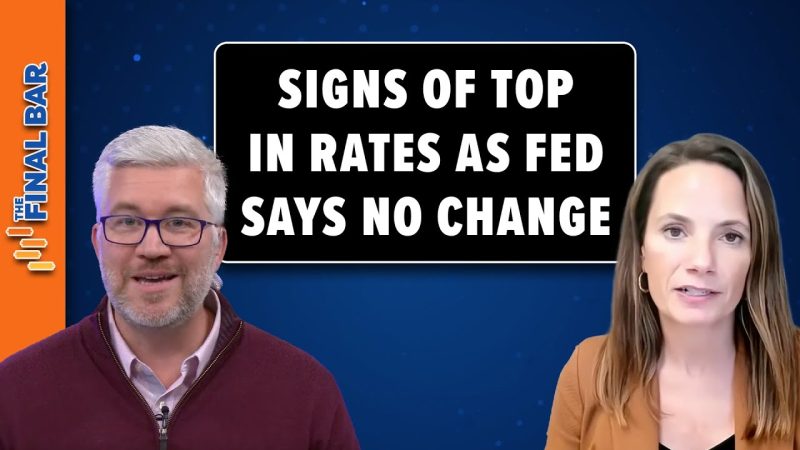As the Federal Reserve cheers a strengthening economy, signals of a slowing rate of growth are beginning to emerge. The health of the economy is a primary focus of the central bank as it considers whether a rate hike is necessary or not. After their meeting on May 3, the Federal Reserve concluded that the current rate should remain unchanged.
The Federal funds rate is a benchmark set by the Federal Reserve that influences the interest rate that banks offer customers when they borrow money. This rate, which is typically linked to other interest loans, can influence the ability of businesses and households to borrow money to spurring economic activity.
The rate had been unchanged since March of 2020 when the COVID-19 pandemic bought the economy to a standstill. As the health crisis began to subside and the economy began to improve, Fed officials began hinting at a possible rate hike.
Recent signs, however, suggest that a rate hike might not be necessary. The most significant is a decrease in the velocity of money, which measures the rate at which money changes hands within the economy. This indicator has been an accurate predictor of upcoming economic downturns in the past.
In addition, the personal savings rate has been increasing steadily as people build up their emergency funds in uncertain times. This also suggests that there is a distinct lack of confidence in the economy; when money is not being circulated, it means that economic growth will be stagnate or slow.
Finally, the number of jobs created for the past two months has been less than expected, bringing to mind the saying that “the numbers don’t lie.” This could be a sign that the recovery of the economy is slowing down and may not be as robust as initially projected.
In light the current economic indicators, the Federal Reserve has concluded that a rate hike is not necessary. Though this could change in the future, the signs suggest that the current rate is the correct one for this time.

